Maldox Tablet is an antimalarial medication combining Sulfadoxine and Pyrimethamine. This fixed-dose combination effectively treats and prevents malaria caused by Plasmodium falciparum, particularly in areas with chloroquine resistance.
Uses
Maldox Tablet treats acute uncomplicated malaria and serves as intermittent preventive therapy in pregnant women and infants. It’s prescribed for malaria prevention in high-risk areas and as backup treatment when first-line therapies fail or are unavailable.
Benefits
- Provides effective treatment for chloroquine-resistant malaria
- Suitable for intermittent preventive therapy during pregnancy
- Offers long-lasting protection with single-dose treatment
- Cost-effective antimalarial option for endemic regions
- Reduces maternal and fetal complications from malaria
- Prevents severe malaria progression when used appropriately
- Well-established safety profile with extensive clinical use
- Suitable for mass drug administration programs
- Helps reduce malaria transmission in communities
How It Works
Sulfadoxine and Pyrimethamine work synergistically by inhibiting folate synthesis in malaria parasites. Sulfadoxine blocks para-aminobenzoic acid utilization while Pyrimethamine inhibits dihydrofolate reductase. This dual blockade prevents DNA synthesis in parasites, leading to their death and elimination from the bloodstream.
Dosage
| Patient Category |
Standard Dosage |
Prevention Dosage |
| Adults |
3 tablets single dose |
3 tablets monthly |
| Children >10kg |
1-2 tablets single dose |
1-2 tablets monthly |
Take Maldox with water, preferably with food to reduce stomach upset. Complete parasitological cure typically requires only one dose.
Duration of Action
Maldox begins working within hours of administration, with peak blood levels reached in 2-8 hours. The medication provides antimalarial protection for 2-3 weeks due to the long half-lives of both components. Fever typically subsides within 48-72 hours of treatment.
Side Effects
Most patients tolerate Maldox well. Mild side effects include nausea, vomiting, skin rash, and headache. Rare but serious reactions include Stevens-Johnson syndrome, severe skin reactions, and blood disorders. Allergic reactions may occur in sulfa-sensitive individuals.
Warning
Do not use in patients with known sulfa allergies or severe kidney/liver disease. Maldox resistance is increasing in many regions, limiting its effectiveness. Monitor for severe skin reactions and discontinue immediately if they occur. Not recommended as first-line treatment in areas with high resistance rates.
Pregnancy and Breastfeeding
Maldox is used for intermittent preventive therapy during pregnancy, typically starting in the second trimester. It’s generally considered safe during pregnancy when malaria risk is high. The medication passes into breast milk in small amounts but is generally safe during breastfeeding.
Interaction
- May increase risk of blood disorders with other folate antagonists
- Potential interaction with warfarin, increasing bleeding risk
- May reduce effectiveness of oral contraceptives
- Possible interaction with phenytoin and other anticonvulsants
- Could enhance toxicity when combined with trimethoprim-sulfamethoxazole
- May interact with certain HIV medications
Precaution
Use cautiously in patients with G6PD deficiency, liver or kidney impairment, or blood disorders. Monitor for skin reactions, especially in first few doses. Ensure adequate fluid intake during treatment. Avoid prolonged sun exposure due to photosensitivity risk.
Important Information
Maldox effectiveness varies by geographic region due to resistance patterns. Consult local malaria treatment guidelines before use. Complete blood count monitoring may be necessary with repeated use. Store at room temperature, protected from light and moisture. Seek immediate medical attention for severe rash, fever, or unusual bleeding during treatment.

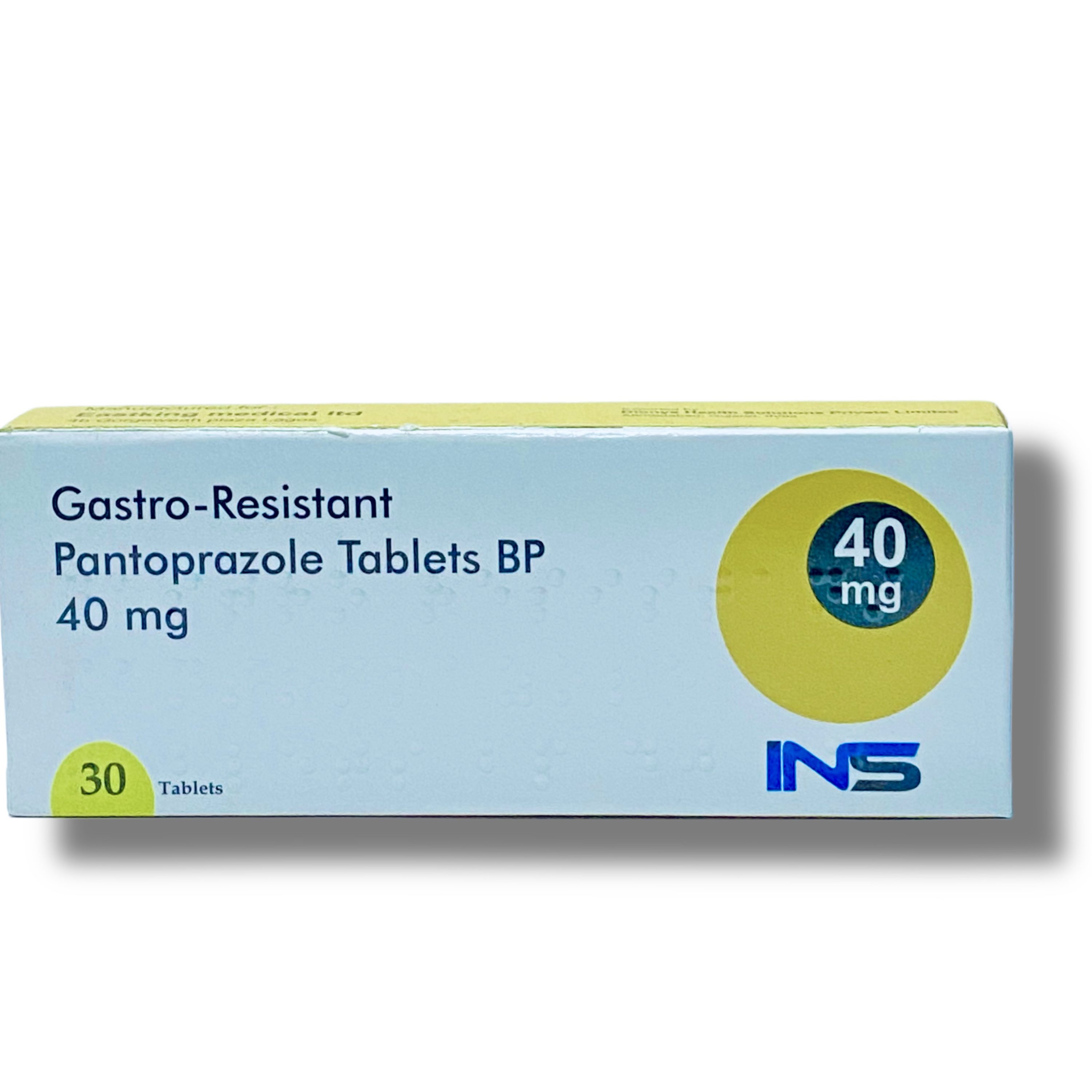


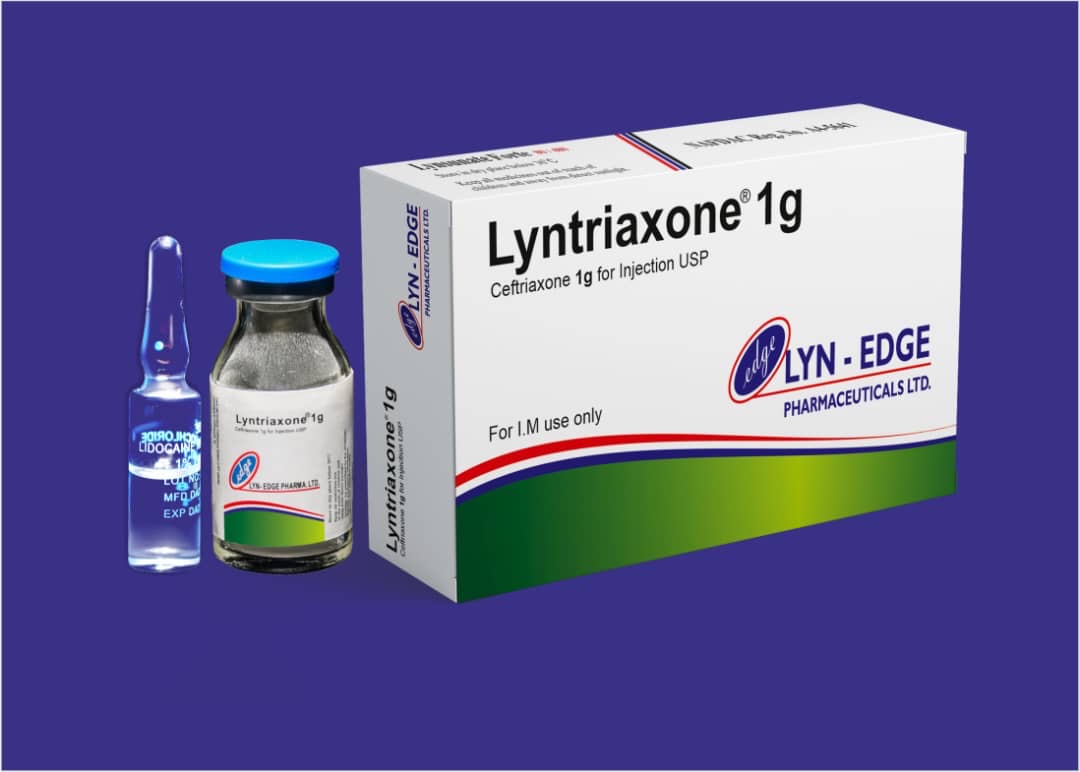

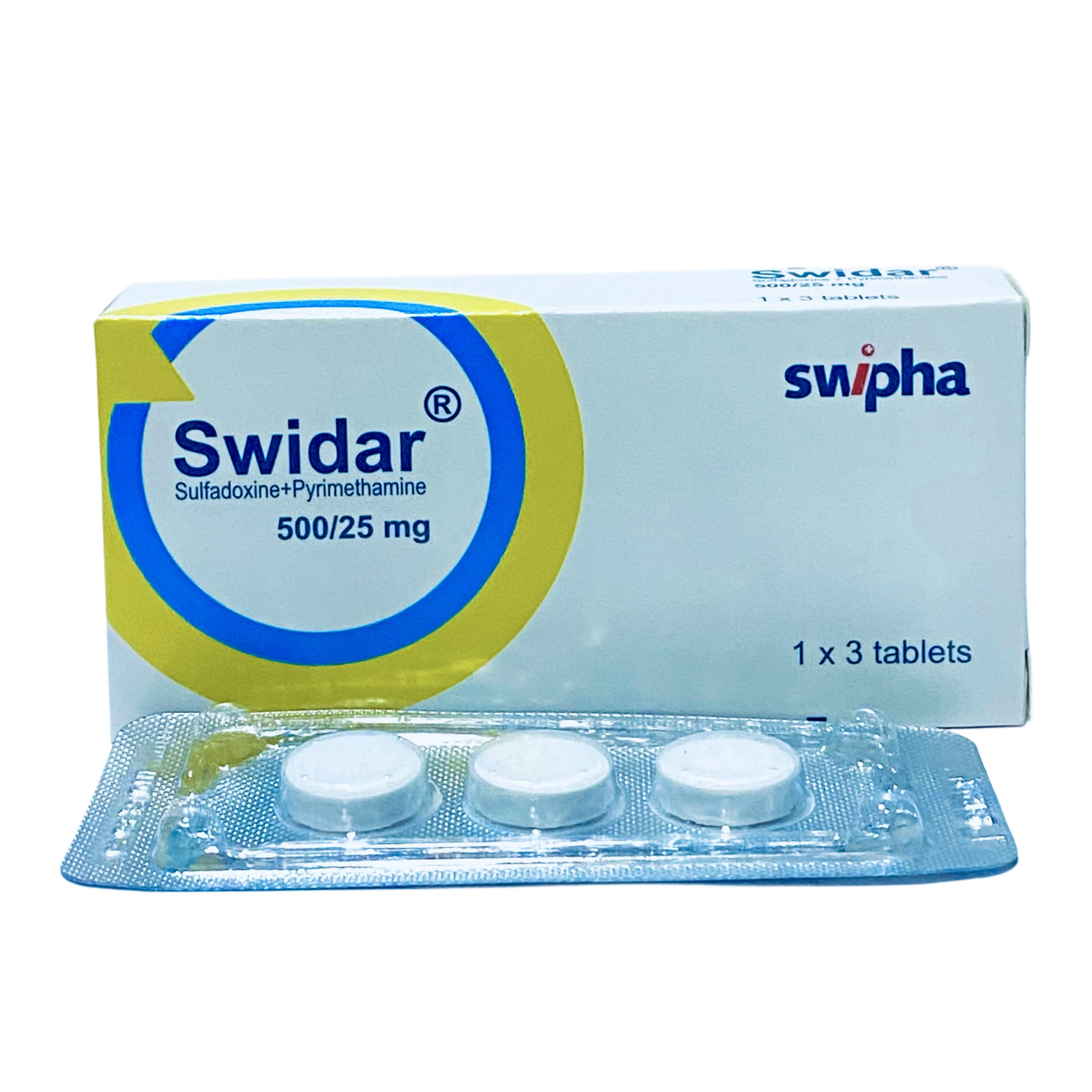
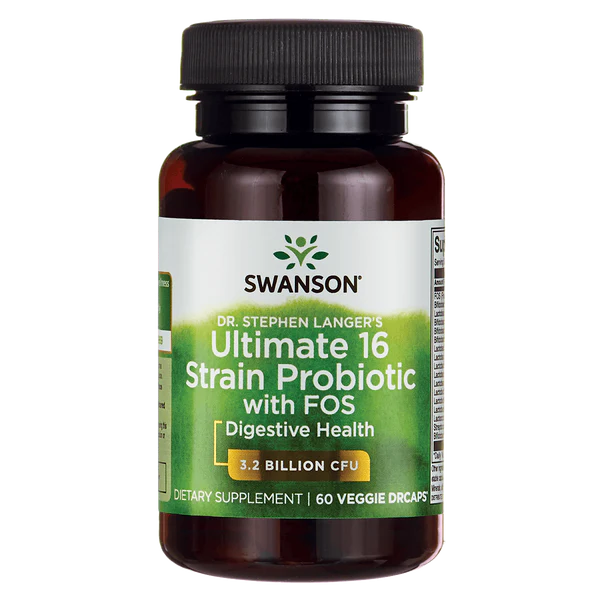


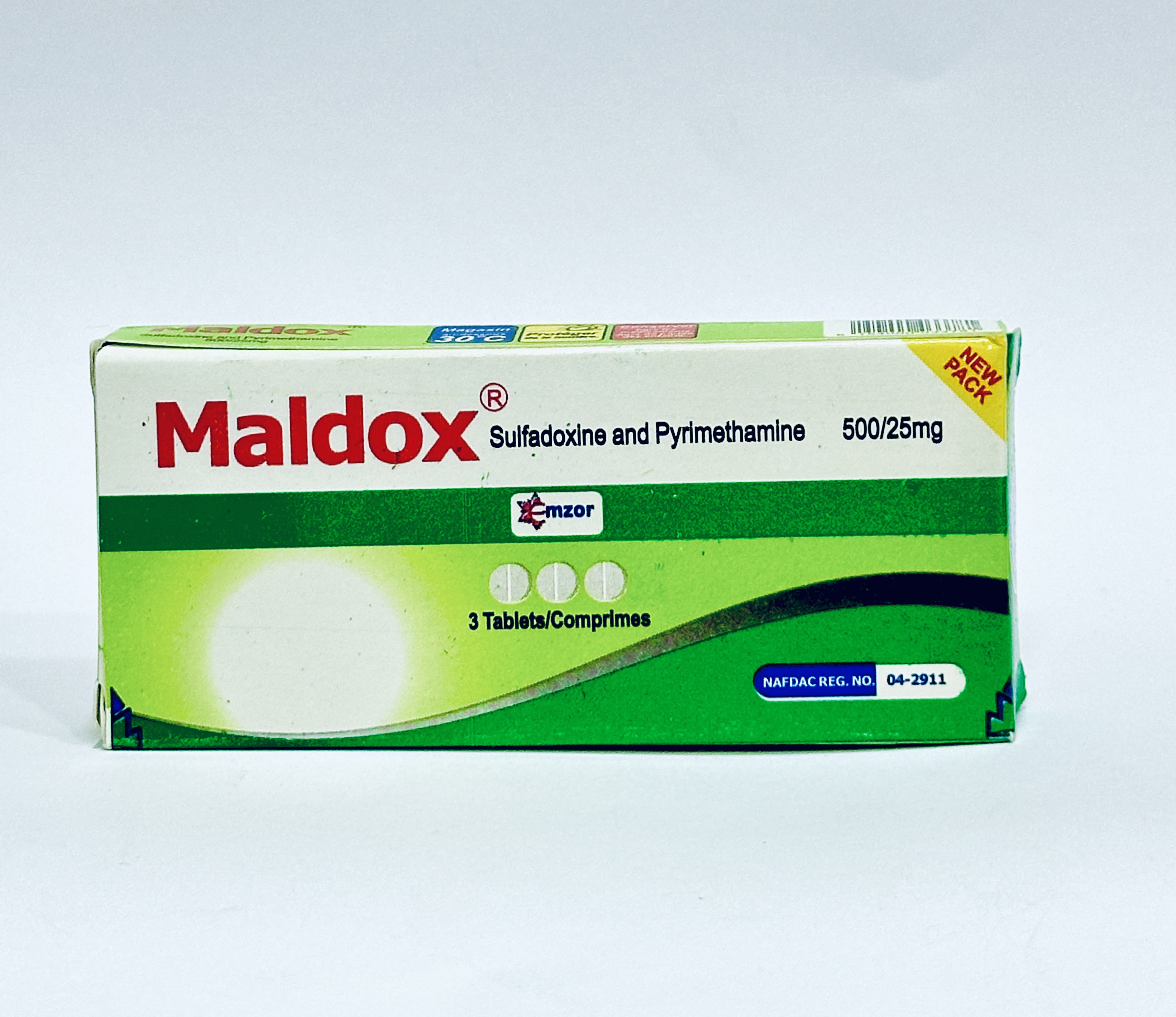
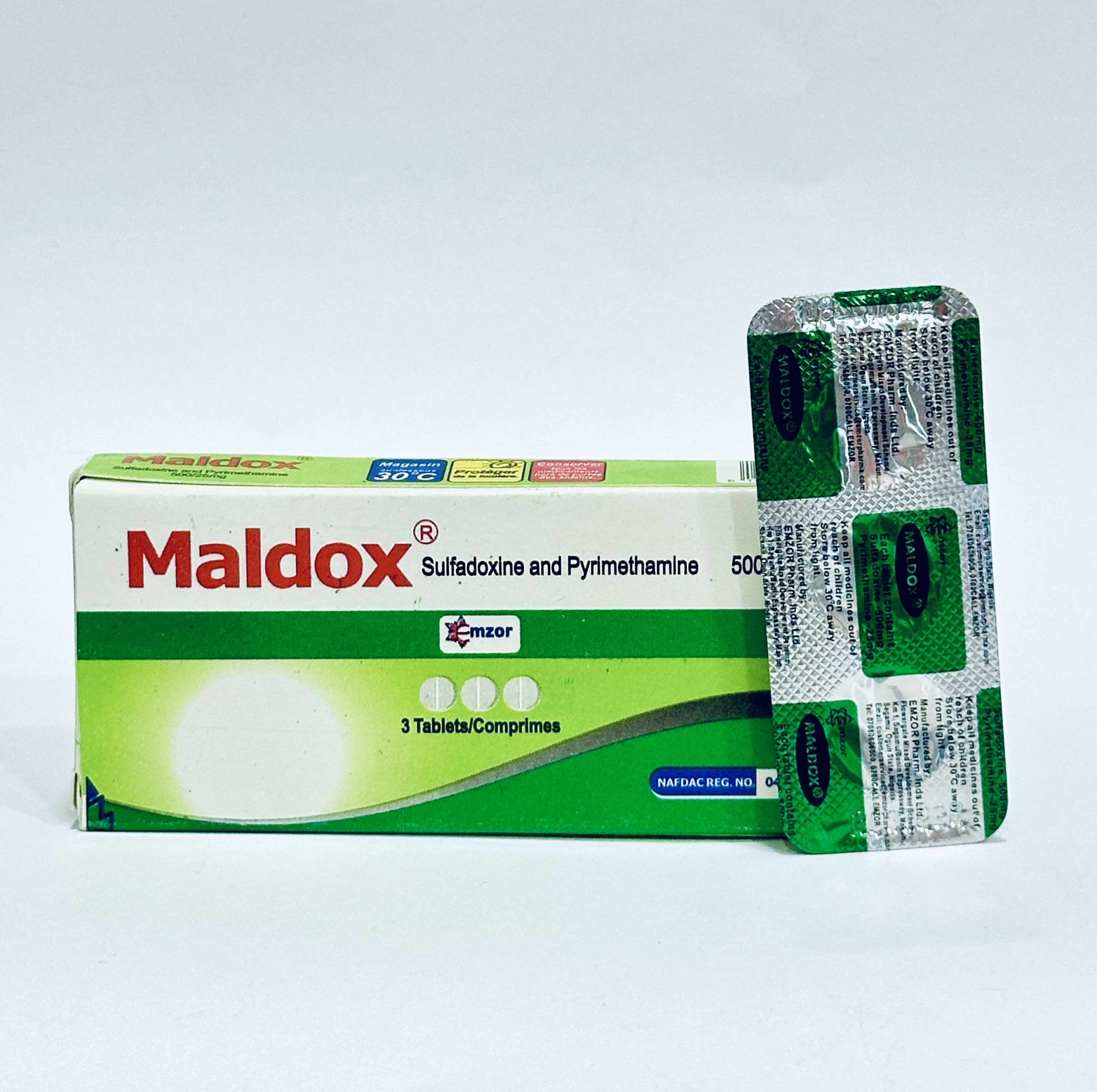


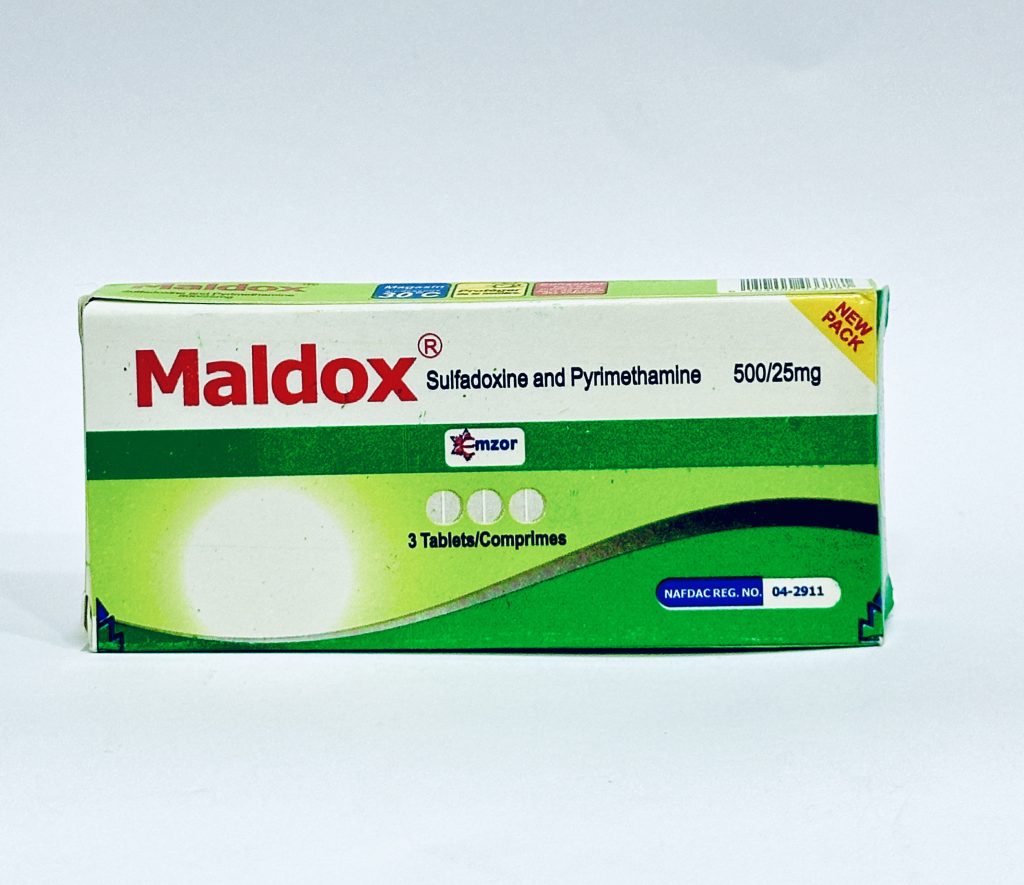



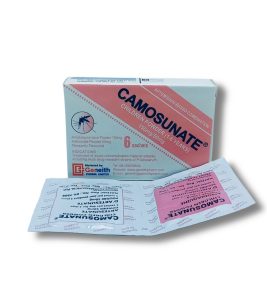



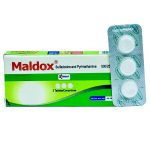



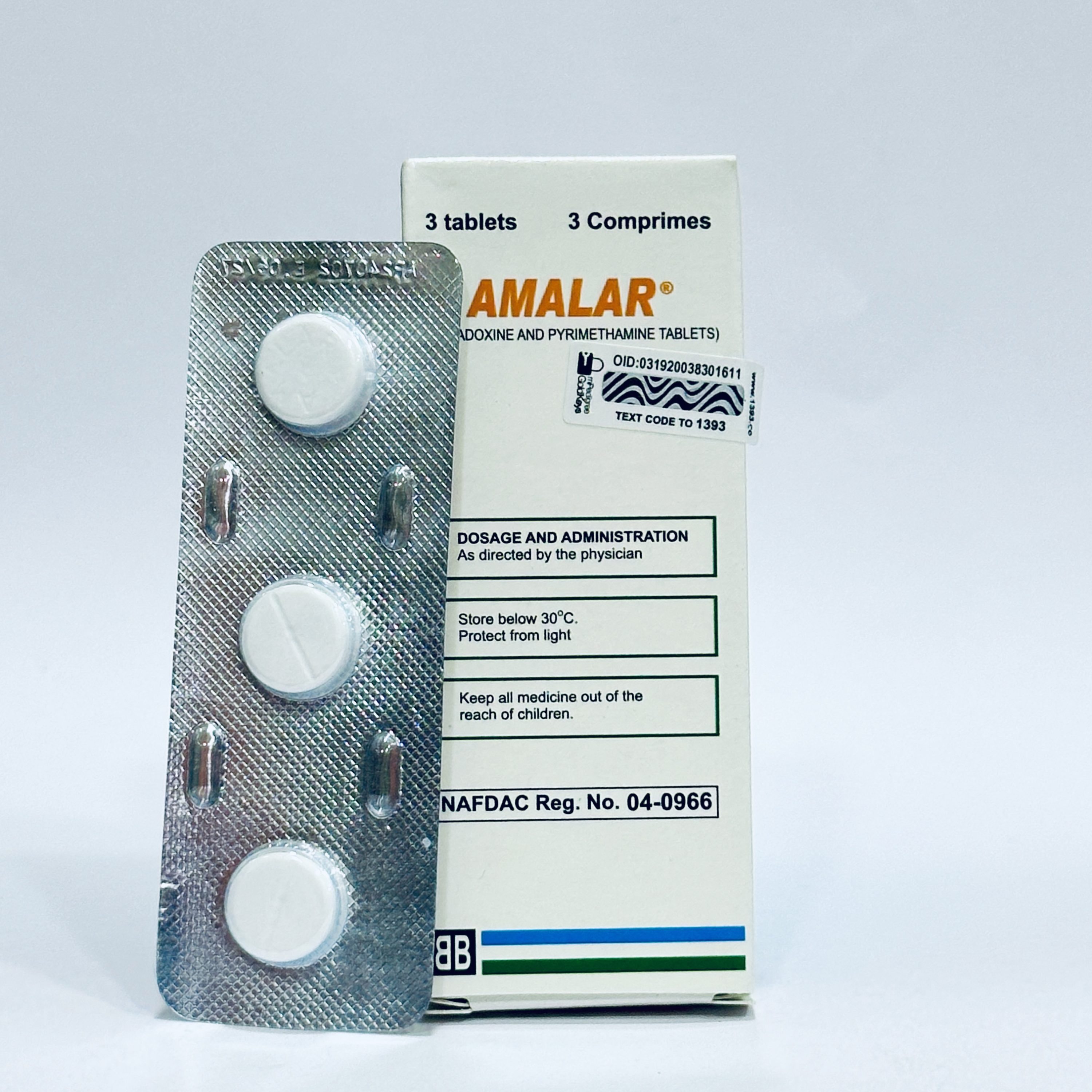
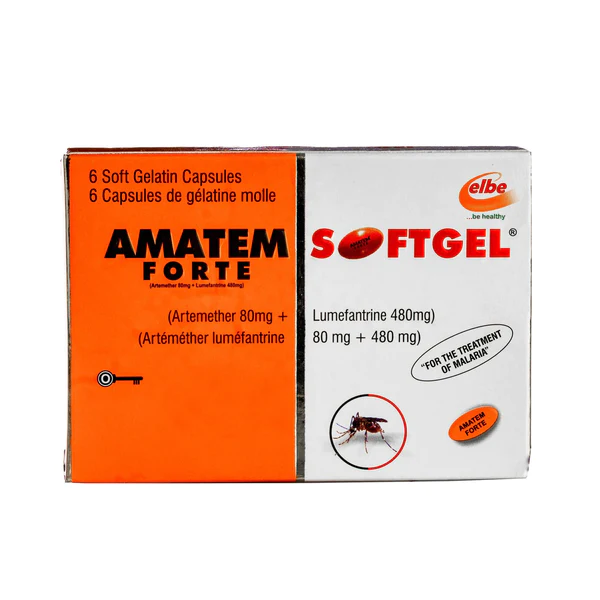
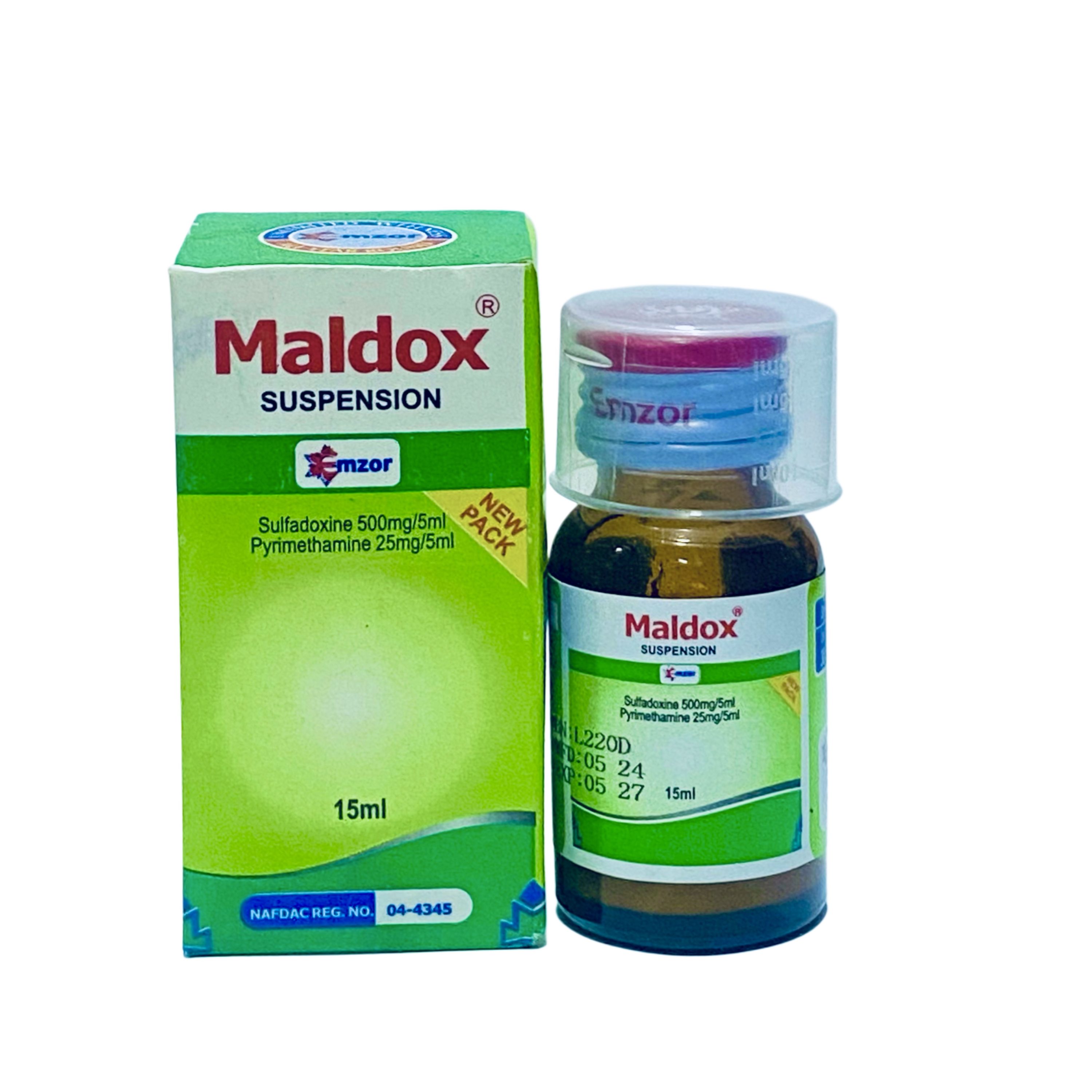
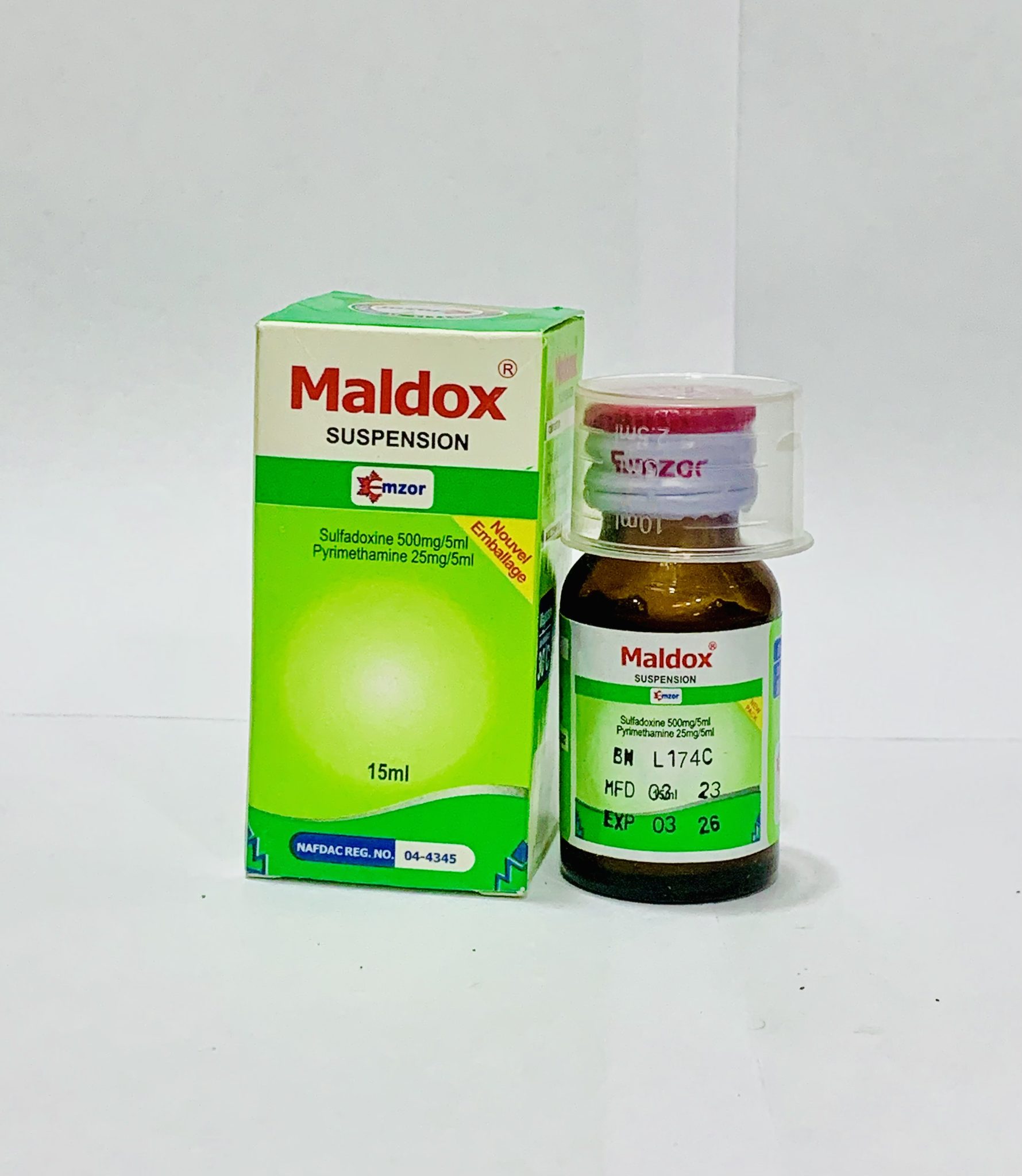

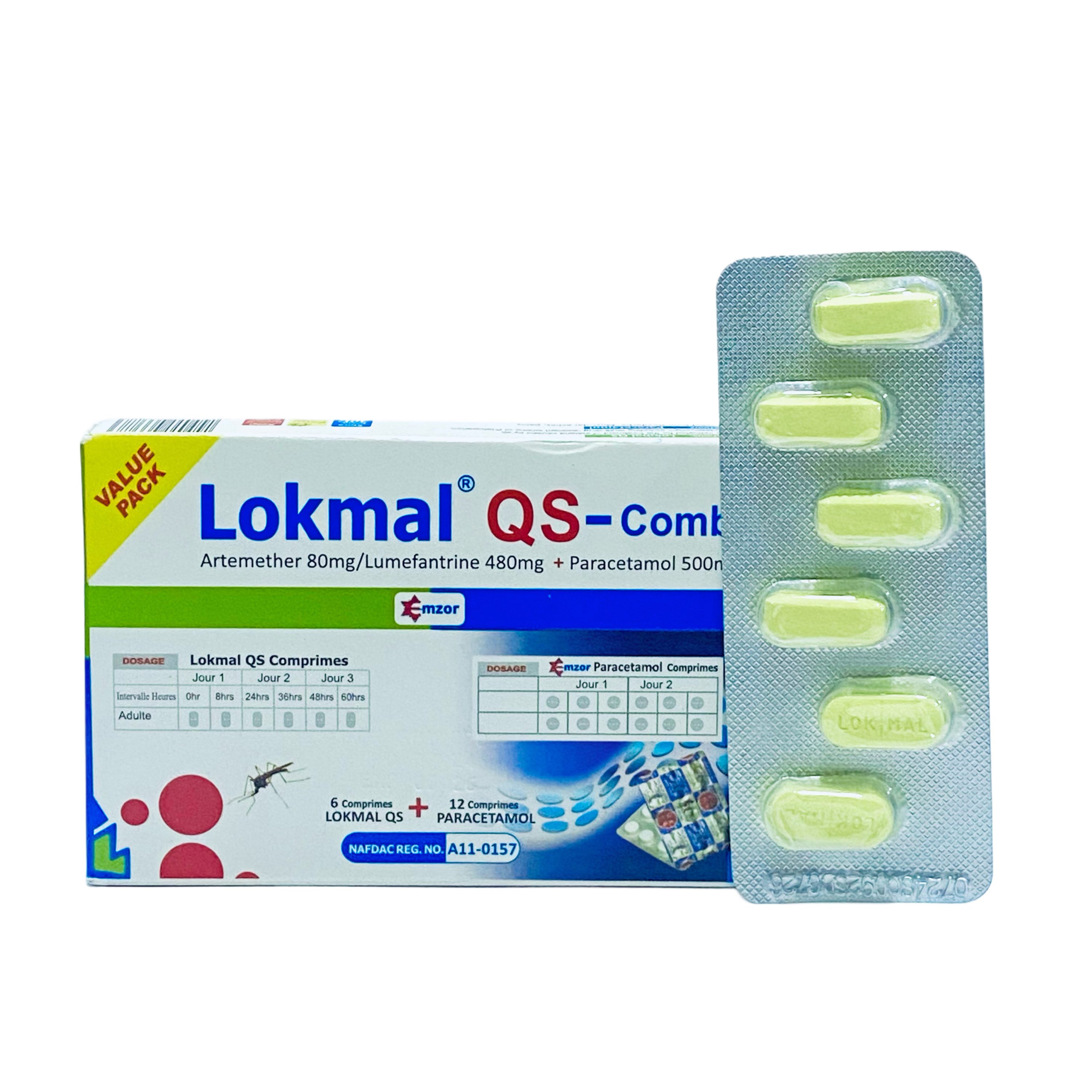

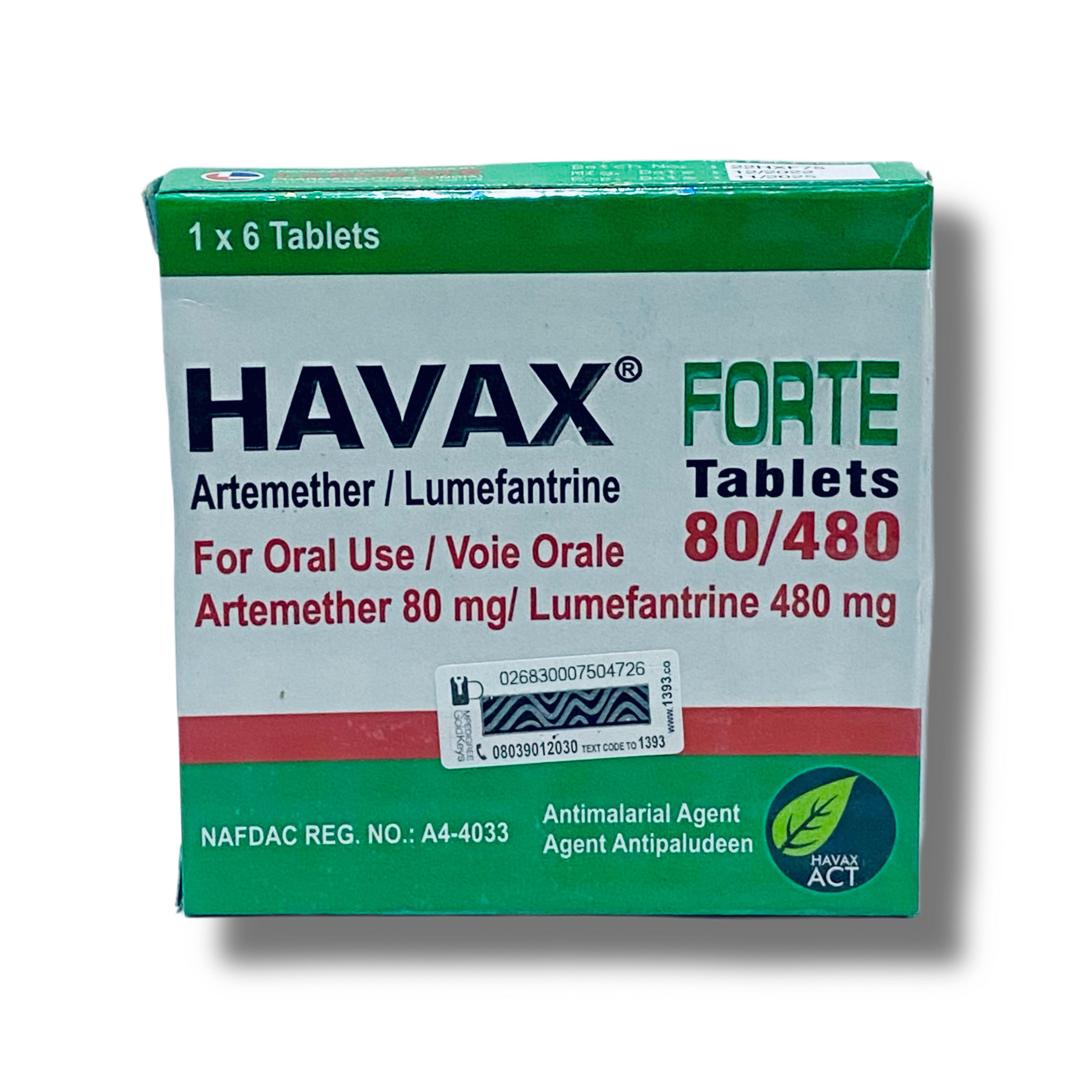
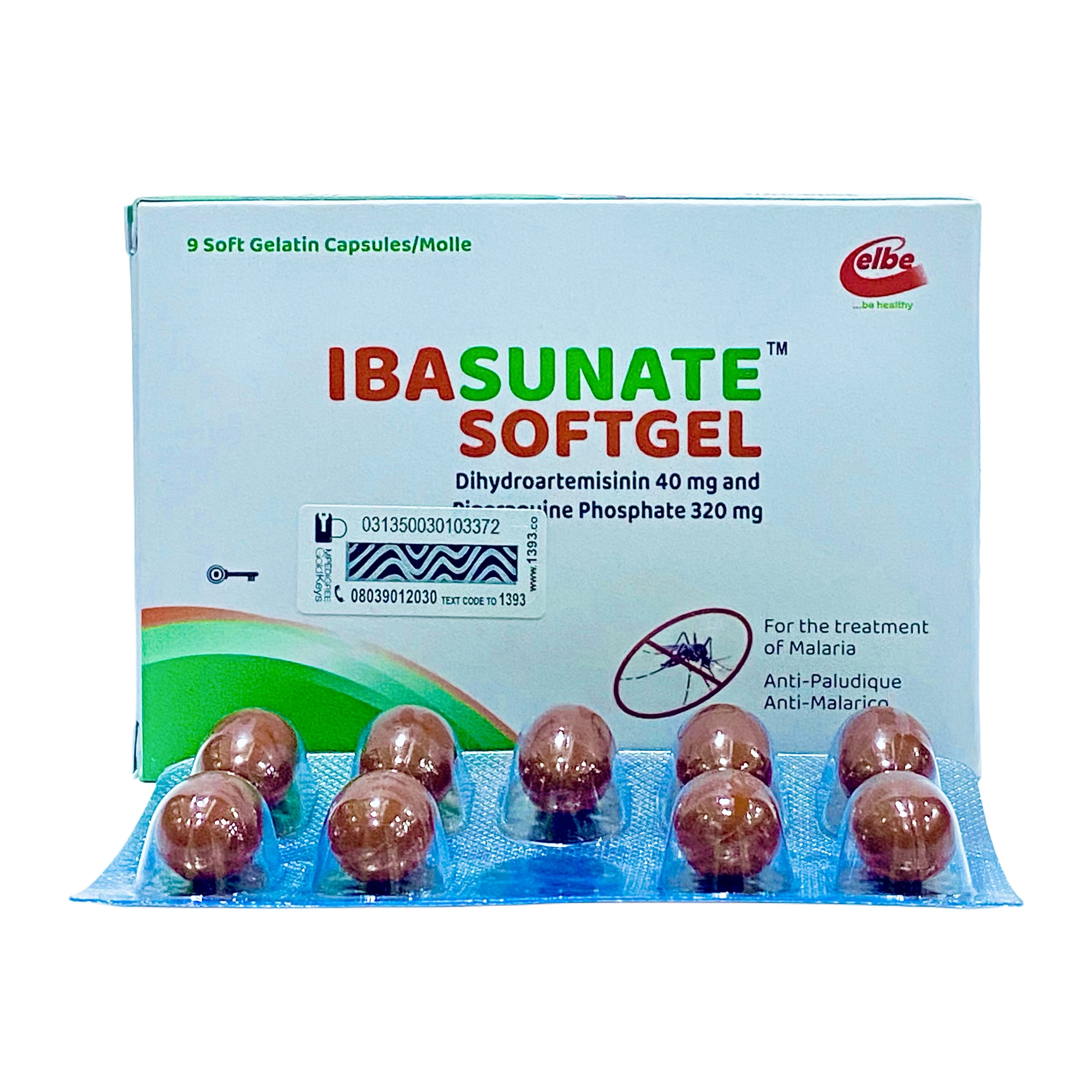

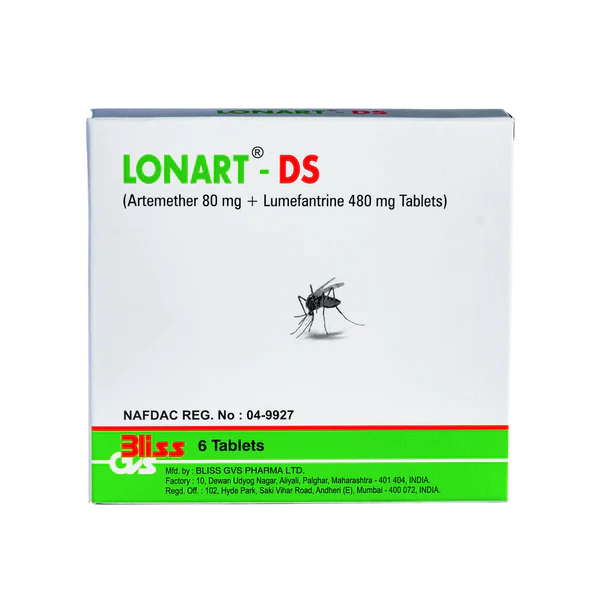


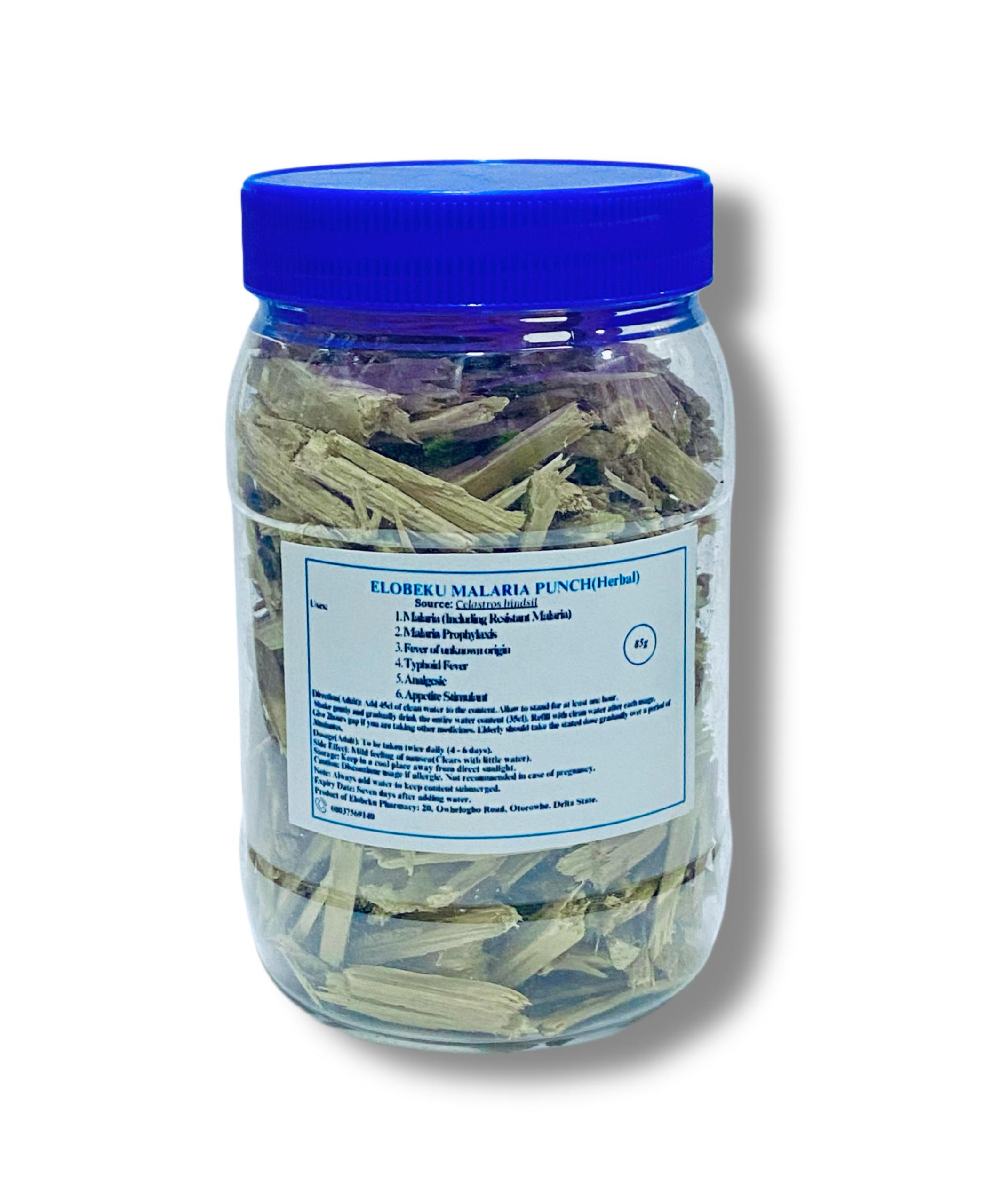
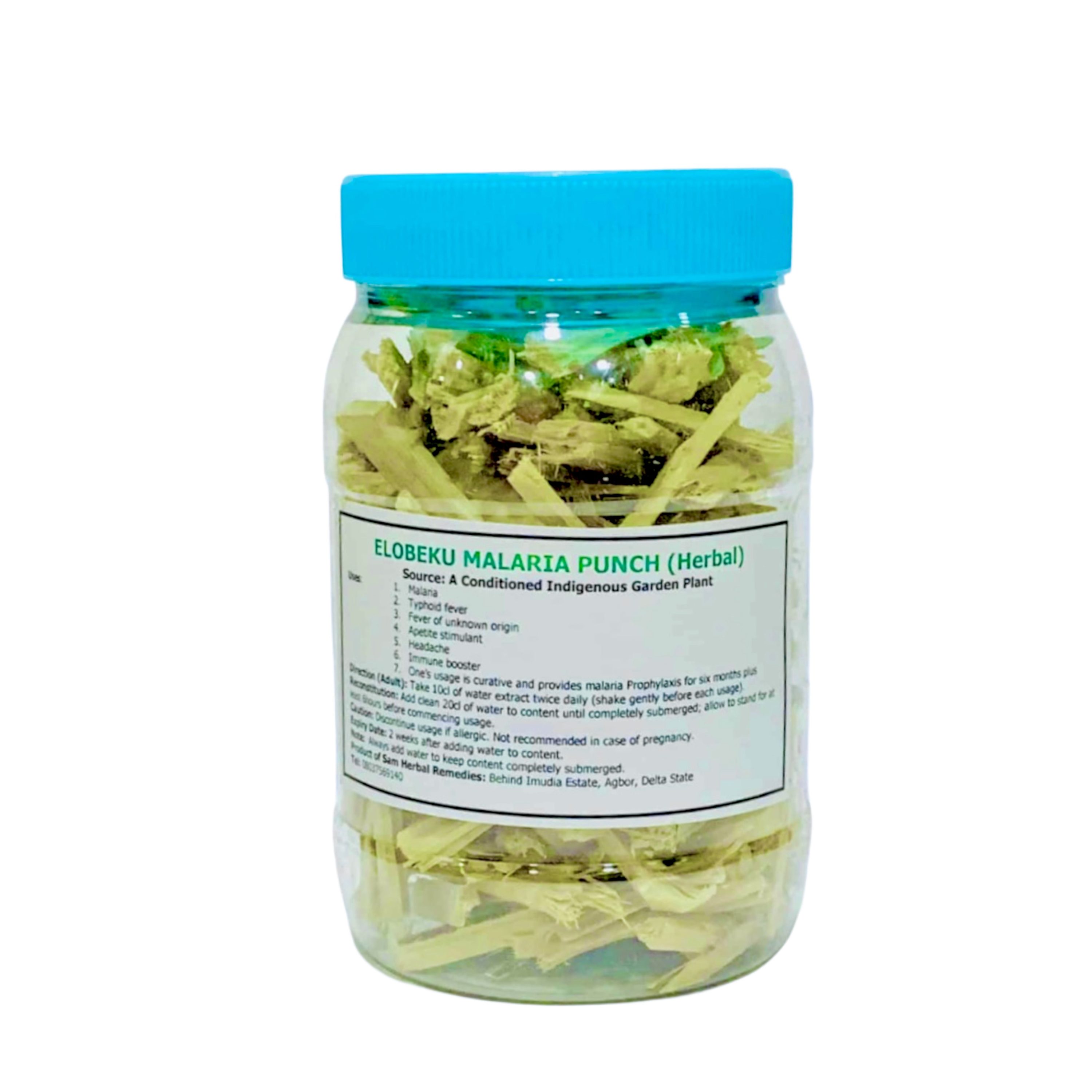

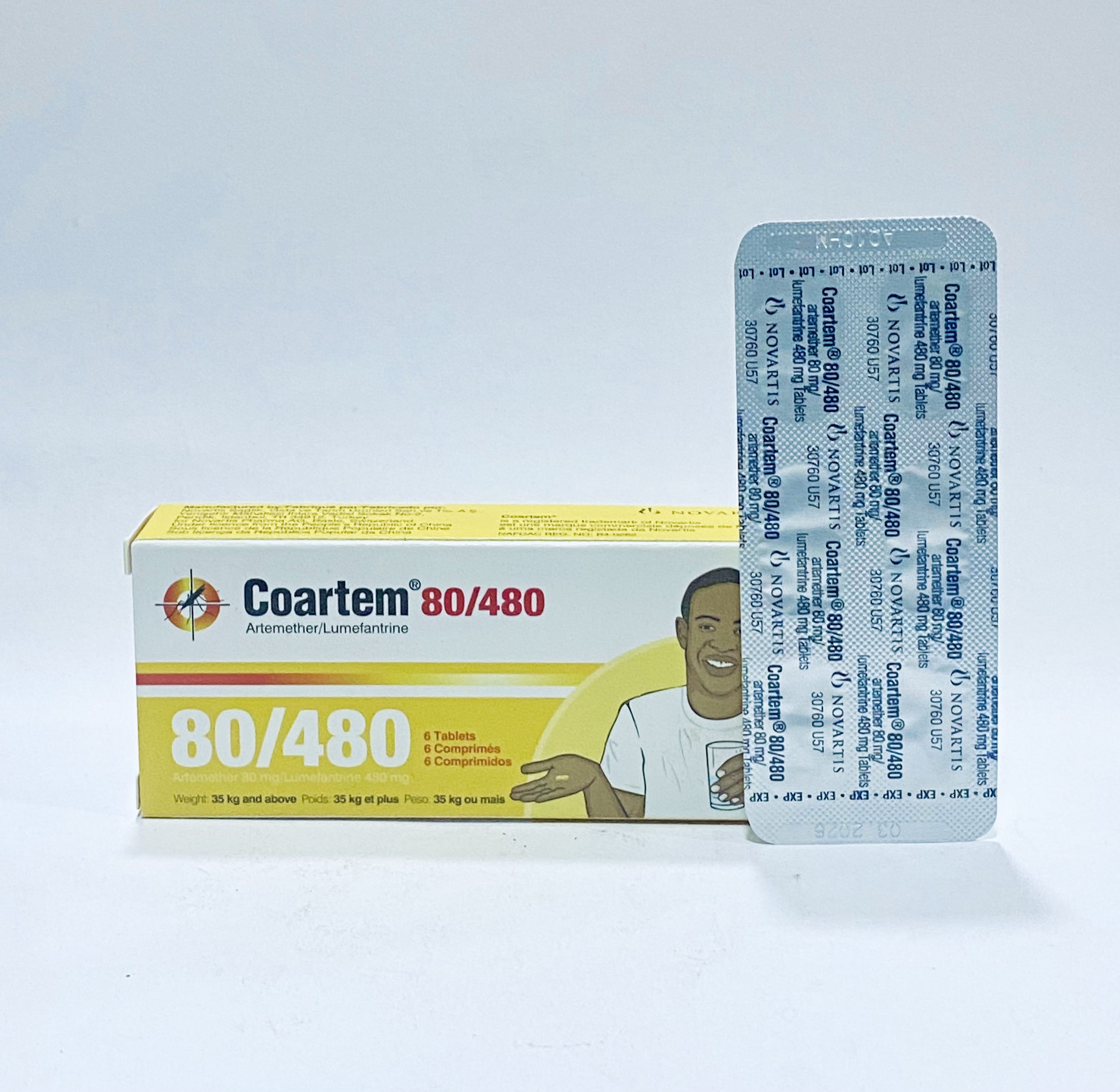
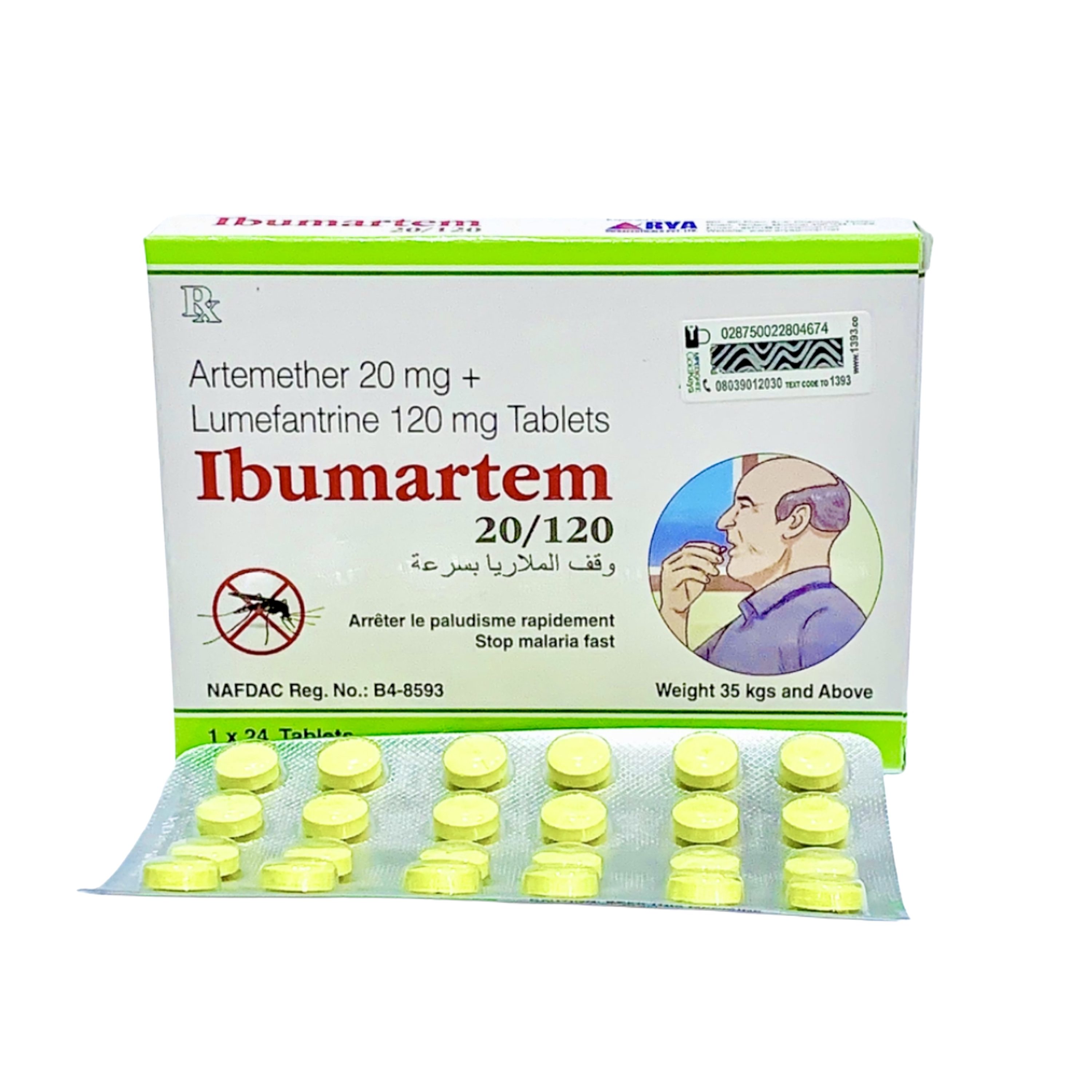
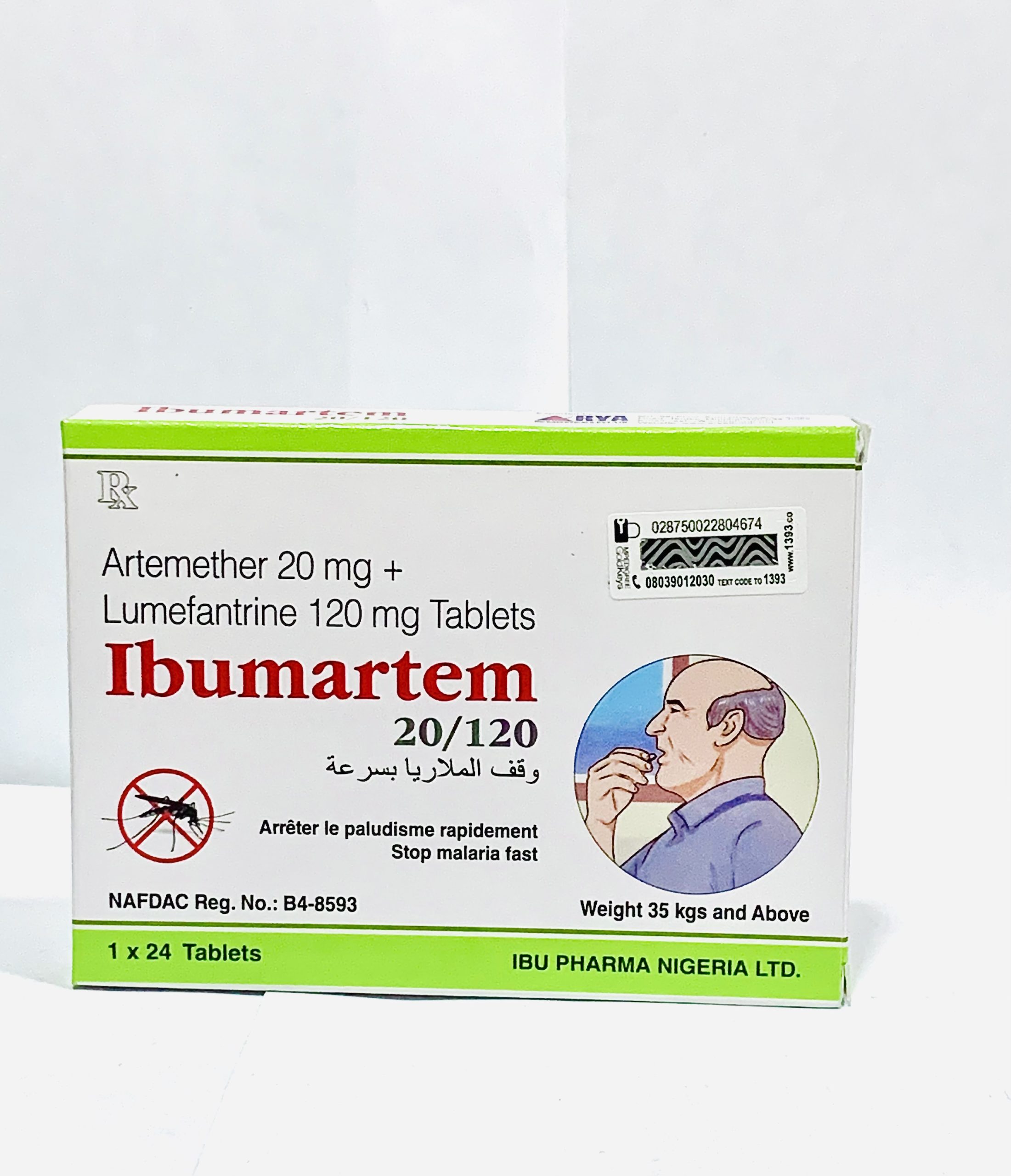
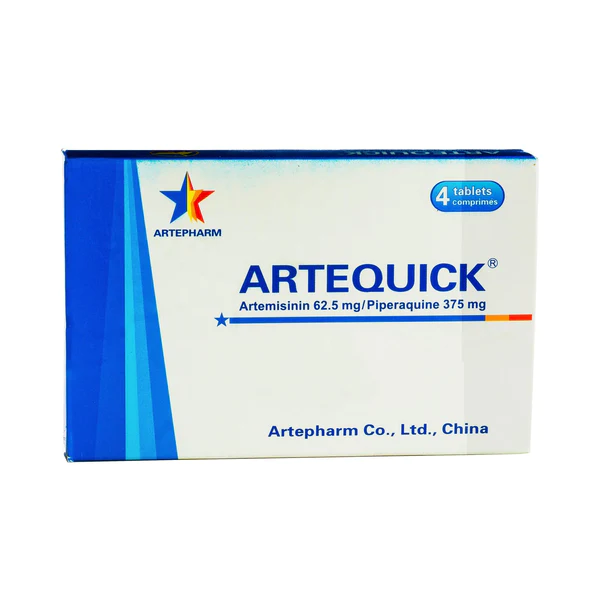
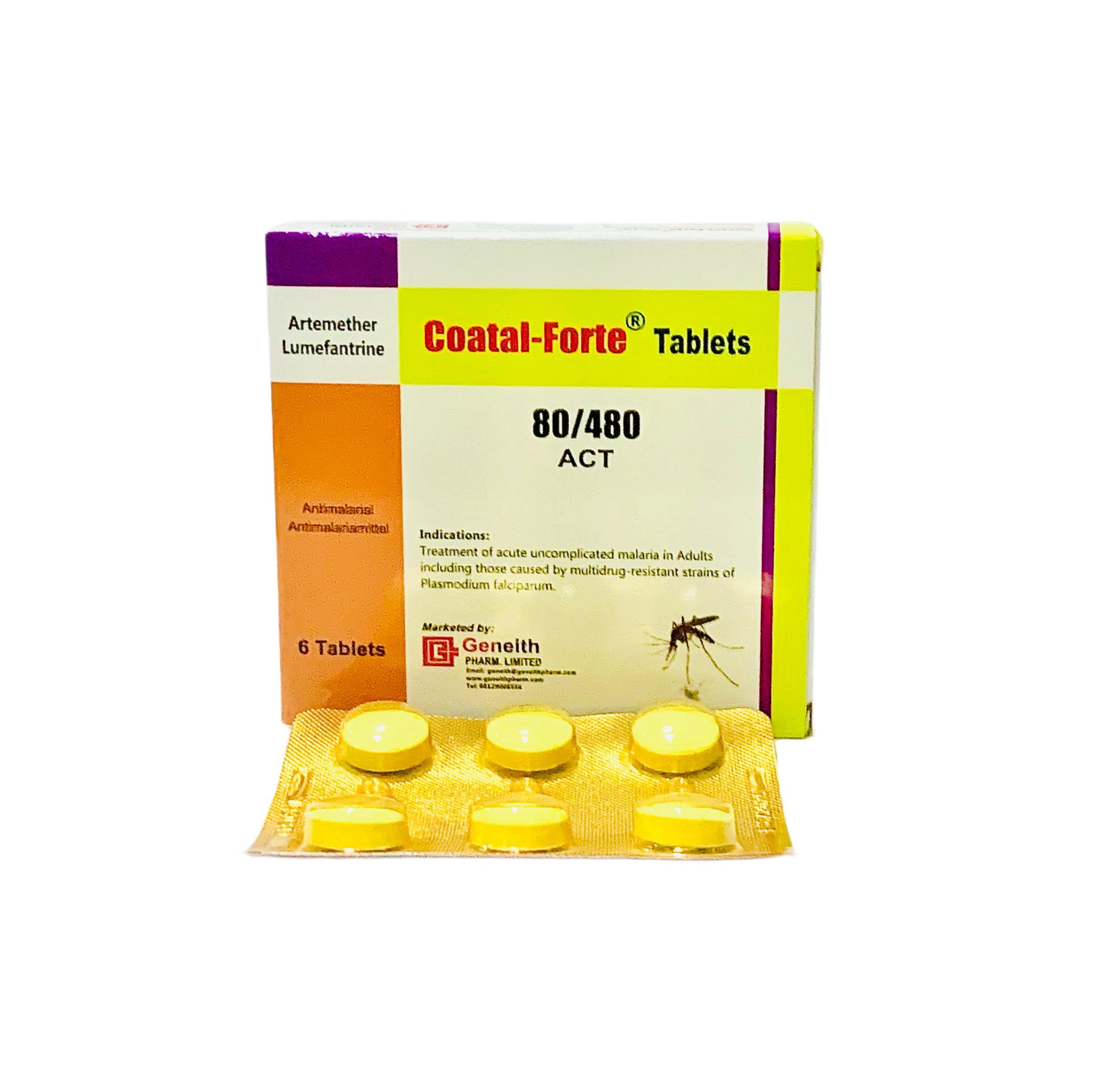
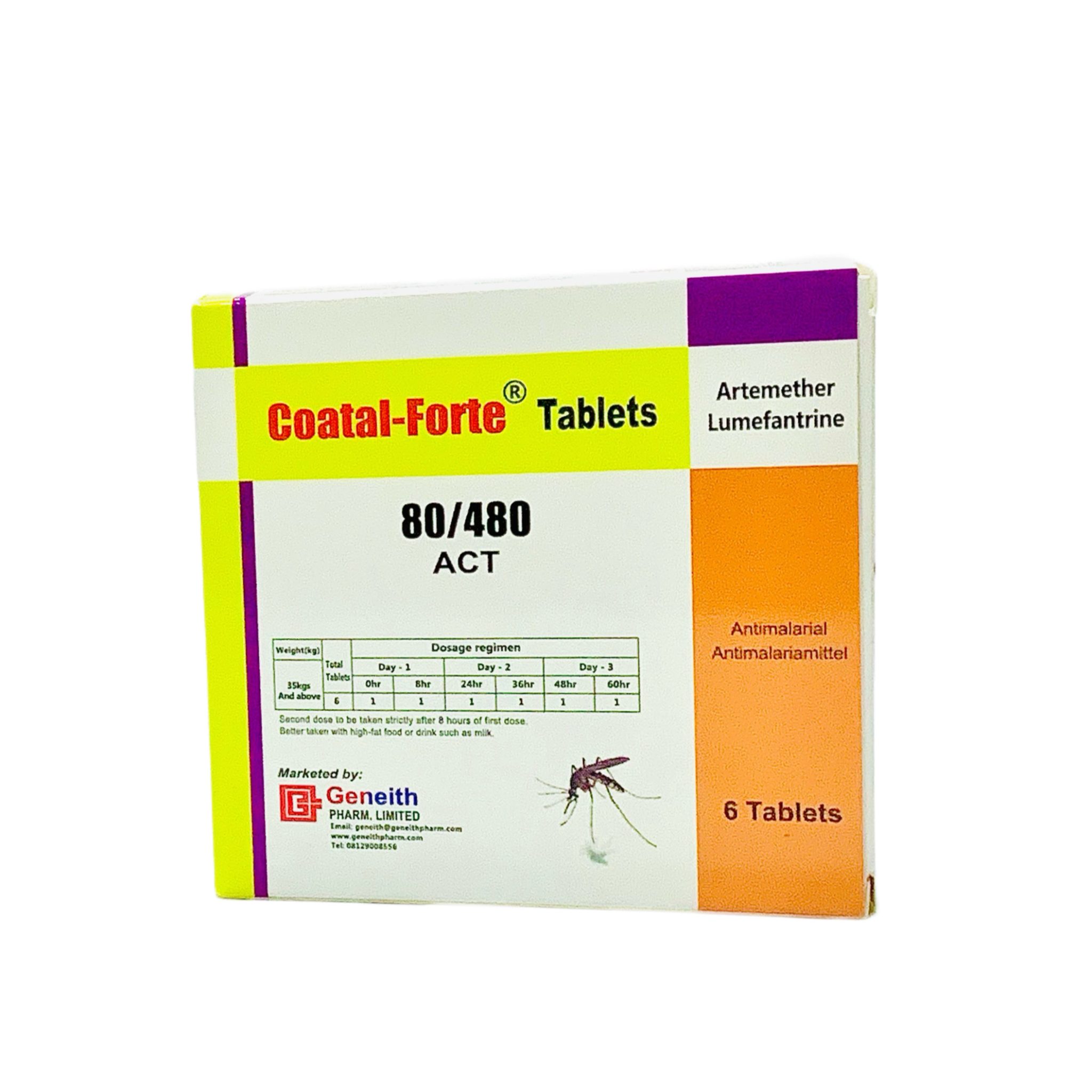

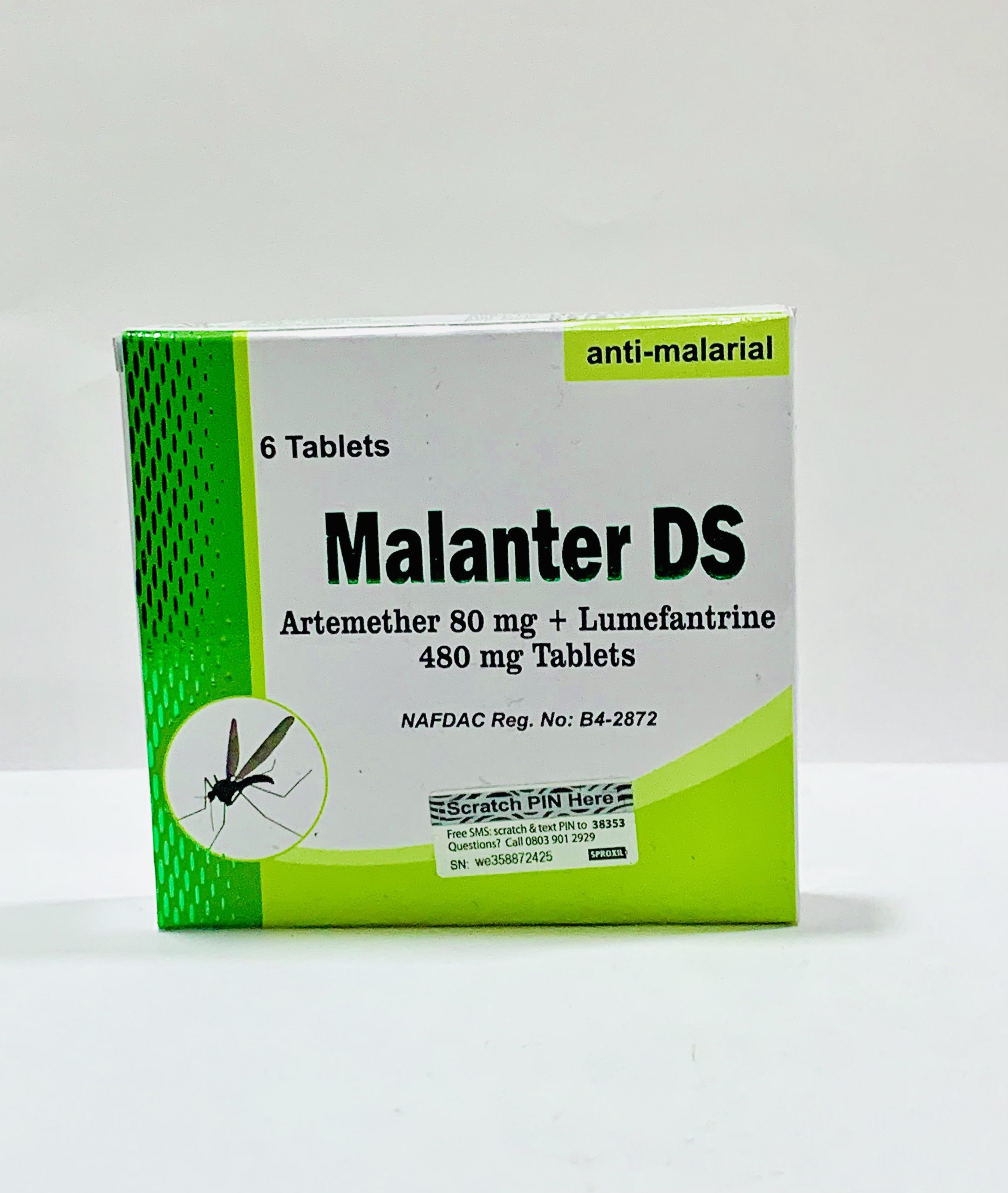
Reviews
There are no reviews yet.